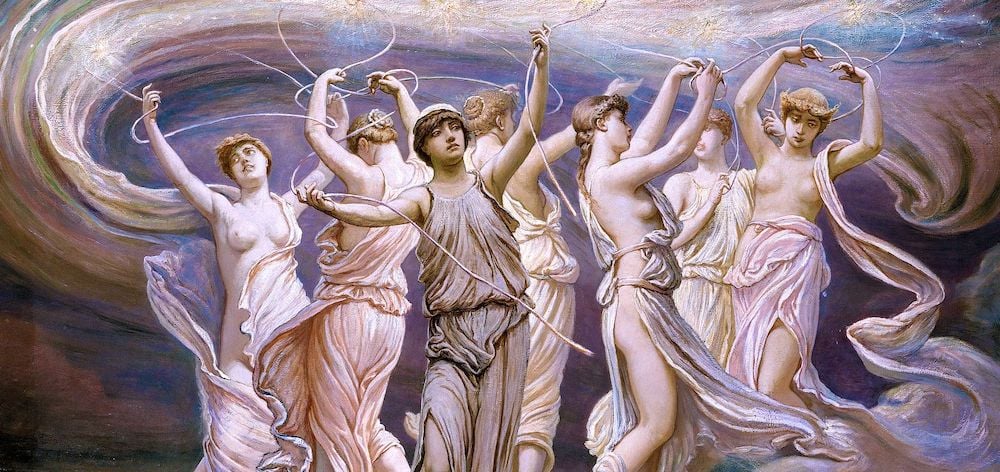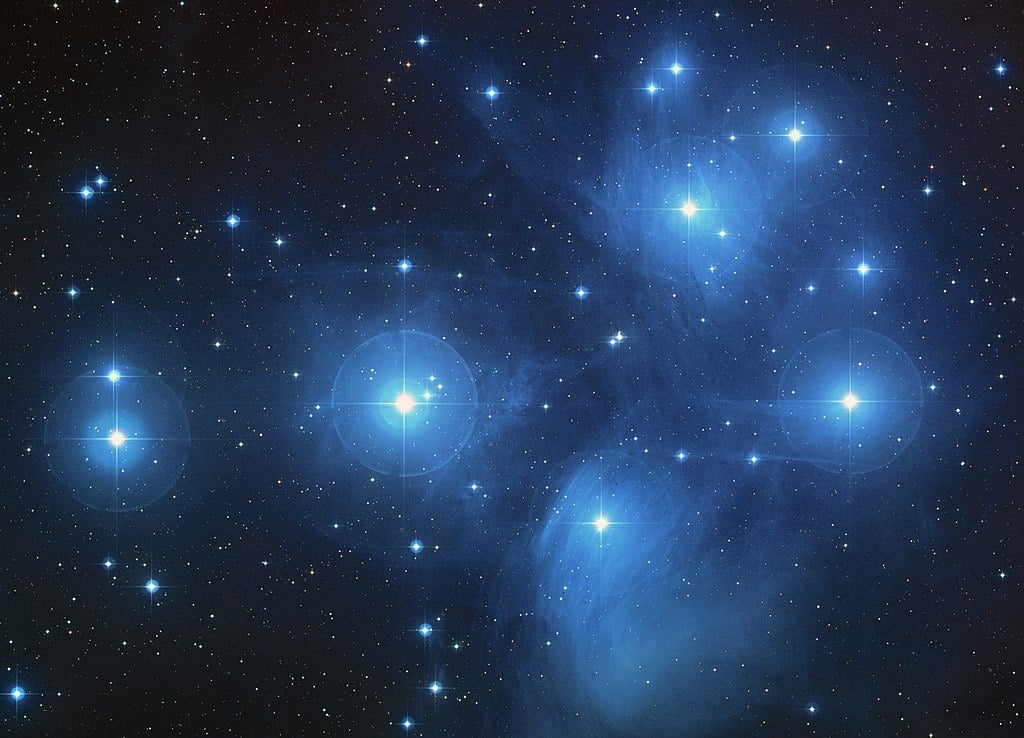
The final supermoon of the year will illuminate the skies on Friday night alongside the stunning Pleiades star cluster, an asterism immortalized through Greek mythology as the “Seven Sisters.”
The full Beaver Moon, as it’s commonly called, is the last of four consecutive supermoons in 2024. While it won’t be as bright as October’s Hunter’s supermoon, skygazers will still have the opportunity to watch an impressive spectacle, not least because the moon won’t be alone. On November 15th, the sparkling Pleiades or “Seven Sisters” can be spotted on its lower left side, while on November 16th, they will appear on the moon’s upper right side.
Why November’s full moon is called a Beaver Moon
Full moons derive their names based on what’s happening in nature at the time.
According to the Old Farmer’s Almanac, which began publishing names for full moons in the 1930s, it is called a Beaver Moon because during this time of the year, beavers start taking shelter in their lodges after having collected food for the winter.
According to another interpretation, it is because Native Americans during this time would set up beaver traps before lakes froze so that they would have a full supply of warm winter furs.

Pleiades in Greek mythology
Pleiades were the seven daughters of the Titan Atlas and the Oceanid Pleioni. Their names were Maia, Electra, Taygete, Celaeno, Alcyone, Sterope and Merope. They were also companions of Artemis, the goddess of hunting. Their leader was Maia, the mother of Hermes by Zeus.
According to Greek mythology, Atlas, their father, was forced to hold up the sky for eternity and was unable to care for his daughters. When the lustful giant Orion began pursuing them, Zeus, the ruler of the Greek gods, transformed them into stars in order to save them. It is said that Orion, as a constellation, still pursues them across the night sky.
Another version of the myth says the seven sisters killed themselves, because they were saddened, either because of the fate of their father or because of the loss of their siblings, the Hyades. Subsequently, Zeus placed them in the sky and immortalized them as seven stars that formed the star cluster known thereafter as Pleiades.

Pleiades as an open star cluster in the sky
The Pleiades is a cluster of over 1,000 stars located in the Taurus constellation and is over 440 light-years away from earth. It is one of the nearest star clusters to Earth and obvious to the naked eye in the night sky.
The brightest stars in the formation glow a blue hue and according to scientists were formed in the last 100 million years. The Pleiades is also known as Messier 45. Astronomers estimate that the asterism will survive for approximately another 250 million years.
When to watch November’s supermoon and the Pleiades star cluster
November’s full moon will appear full to most a day or two prior to the moment of its full illumination. This moment in the United States will be at 4:28pm EST (21:28 GMT) on November 15th. In the United Kingdom, the full moon will rise at 1530 GMT. It will be visible until just before sunrise, on Sunday, November 17th.
